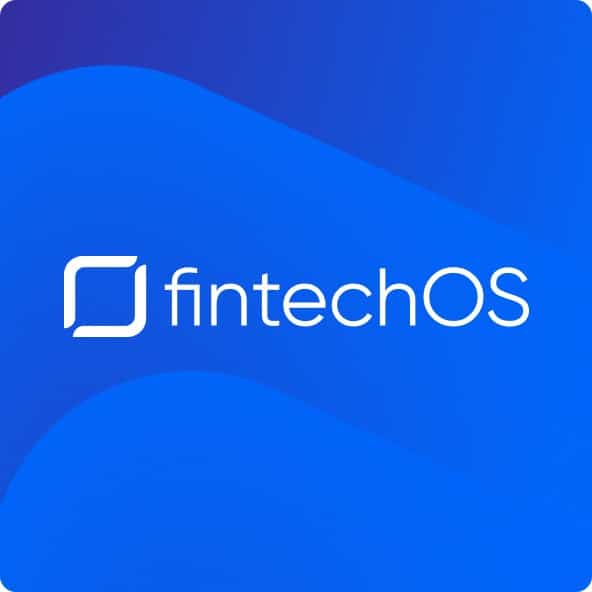Financial services gamification is more than a trendy marketing strategy to catch the attention of would-be customers. It’s a modern movement, pushing partaking brands ahead of the competition. With younger audiences consisting largely of short-attention-spanned Gen-Z, gamification is the way forward for fintech brands.
According to Insider Intelligence, in the US alone, Gen-Z accounts for 27% of the population. This means this generation is already a large proportion of the consumer market. If they aren’t already, they’re soon going to be decision-makers in their households. Innovative companies can’t ignore their preferences. In fact, statistics show that by the year 2030, Gen Z will account for 30% of the global workforce.
You can’t dismiss the idea of incorporating financial services gamification into your marketing strategy or business model. It’s important to remember that you don’t have to throw dozens of developers at a complex, 3D game.
Gamification is a catch-all term for any gaming elements, from card to board to video. There are challenges, quests, rewards, contests, puzzles, strategy, and critical thinking elements. Financial services gamification can be as simple or involved as you want to be, incorporating as many or few elements as you like, and takes form as:
- Games
- Puzzles
- Quizzes
- Reward schemes
- Loyalty programs
What does financial services gamification look like?
Brands are doing amazing things with financial services gamification. One example is Lassie AB, an innovative European pet insurer. Consumers receive a personalized quote for each pet, and Lassie sends articles and helpful information on a regular basis.
By reading and interacting with this content, customers earn a discount towards their premiums. This is a simple reward – read our content to help you take better care of your pet, and we’ll reward you with a discount.
Vitality
Other examples include British health and life insurance brand, Vitality. Through partnerships, this brand is making the most of gamification to provide customers with perks and discounts for making healthy lifestyle decisions.
Customers can sync up their health tracking device through the Vitality app, which sends the company their health data, including workouts, heart rate info, steps, and more. By completing workouts and taking steps, users are able to earn points. These points can be applied towards free coffees from high street cafe chains, cinema tickets, Amazon Prime memberships, and even fitness devices like Apple Watch.
This interactive approach to a healthy lifestyle draws in excited customers and rewards them with an incentive to get, and stay, active.
AXA
AXA chose a more literal approach when it dove into the world of gamification. The global insurance brand has been creating games for over a decade, which puts the company far ahead of the curve when it comes to financial services gamification, joining the movement from the early days and helping to set the bar for the industry.
The games from AXA are simple (though no less addictive), with the aim of educating users on different insurance products but allowing them to compete with friends and share their scores on social media. One such game, The Crazy Crash, proved to be a wild success for AXA in the Indonesian market. Dominating Twitter trends for two days, in the end it generated USD 37,000 in social conversions.
This level of success on social media shows the power of a game – and remember, the objective of the game was simply to educate users in an entertaining way. There was no flashy prize or big discount. Education and entertainment were enough to captivate users, generate significant buzz and deliver actual sales for AXA.
Why is gamification necessary?
While many insurers will point to their high payout rates, the financial services sector is not particularly trusted by the typical consumer. According to YouGov, 68% of British policyholders believe that when it comes down to it, insurers will do just about anything to avoid paying out. This lack of trust goes deeper – the same report reveals that 73% of policyholders are shopping for a new provider.
So, how does gamification help? Depending on a brand’s approach and the type of gamification styles they choose to pursue, trust can be built with customers and loyalty can be cultivated. Financial services gamification can also help customers to believe that their provider understands them or has their best interests at heart, as long as some type of reward or customization is available to them.
And this is key for Gen Z, the generation that just wants to feel heard and understood by the brands they support. They’re also the most digital generation, feeling the need to leave analog ways of life firmly in the past. Gen Z is the generation born into tech, many of whom don’t recall life before the smartphone.
The takeaways? Don’t overcomplicate it or rule your brand out by thinking gamification is too big or too complicated. It’s not only for the companies that dominate the financial services landscape. Gamification can be as simple or in-depth as you feel fit, and however fits best for your brand. Finally, keep in mind the importance of attracting today’s young consumers and speaking their digital language. Financial services gamification is just one approach.
To discover how FintechOS can help digitalize your organization, book a demo.

FintechOS FintechOS is the global leader in fintech enablement, on a mission to make fintech innovation available to every company. As the world grows increasingly complex, FintechOS strives to simplify and accelerate financial technology so anyone can build, launch, service, and expand new products in weeks, not months or years. The FintechOS platform empowers banks, credit unions, and insurers of any size to grow revenue, lower operating costs, and achieve a faster time to value without dependency on core infrastructure and costly tech talent. Headquartered in New York and London, FintechOS has partnered with some of the world’s best brands, including Groupe Société Générale, Admiral Group, Oney, eMag, Deloitte, EY, and PWC.






